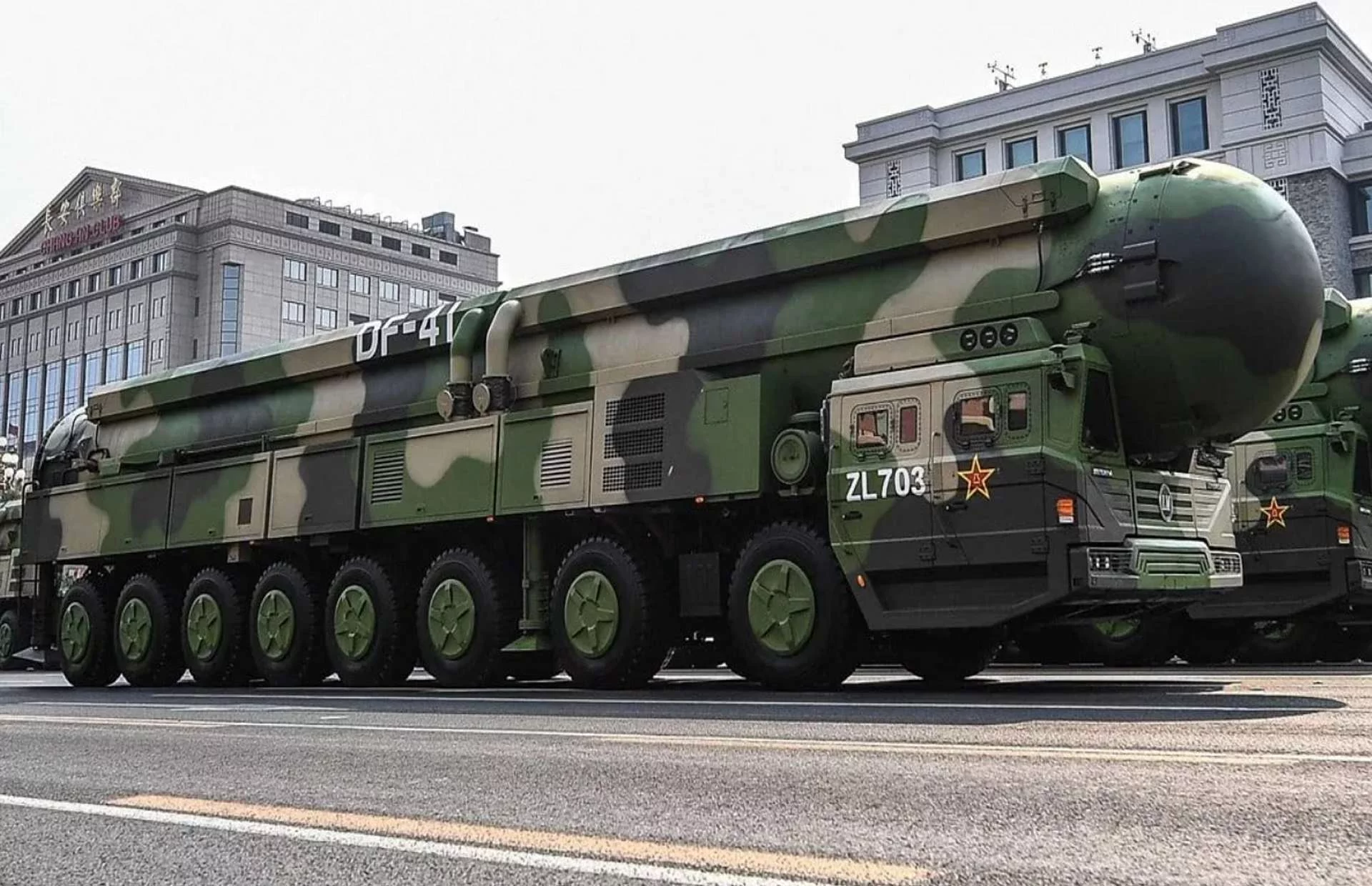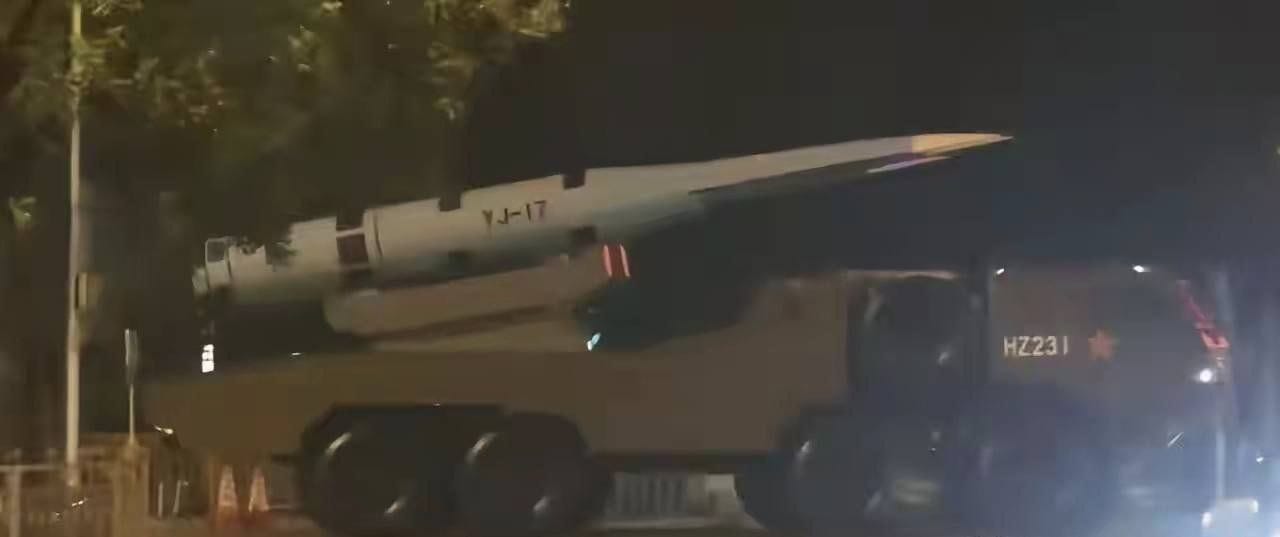In the ever-evolving landscape of global military dynamics, China is making headlines with its aggressive modernization and expansion of its nuclear capabilities. As reported by Reuters on August 20, 2025, this surge is not merely a routine upgrade but a strategic maneuver orchestrated under the directive of President Xi Jinping. The People’s Liberation Army (PLA) has been tasked with gearing up for a possible confrontation over Taiwan by 2027, a timeline that has sent ripples through international security circles. Experts from the U.S. Strategic Command and various arms control organizations are sounding alarms, warning that China’s nuclear ambitions are evolving from a purely defensive posture to one that actively seeks to contest and potentially eclipse American supremacy in the nuclear arena. This shift encompasses all three pillars of the nuclear triad—land-based intercontinental ballistic missiles (ICBMs), submarine-launched ballistic missiles (SLBMs), and long-range strategic bombers—marking a profound transformation in Beijing’s military doctrine.
At the heart of this expansion lies a fundamental tension in China’s stated nuclear policy. Beijing has long adhered to a “no first use” pledge, as reaffirmed in its 2023 defense white paper, which positions its arsenal as a tool for minimal deterrence rather than aggression. However, recent analyses from the Pentagon suggest a creeping ambiguity in this stance. There are growing concerns that China might abandon this principle in dire scenarios, such as when facing a conventional military defeat that could jeopardize the survival of the Communist Party or erode the credibility of its nuclear deterrent. This doctrinal fluidity introduces a layer of unpredictability into U.S. military planning, especially in high-stakes regions like the Taiwan Strait. In a potential conflict over Taiwan, where escalation could spiral rapidly, the blurred lines between conventional and nuclear thresholds could lead to catastrophic miscalculations, forcing American strategists to rethink their approaches to deterrence and crisis management.
Delving deeper into the land-based component of China’s nuclear triad, the country is embarking on what can only be described as a historic overhaul. Central to this effort is the deployment of the DF-41 ICBM, a formidable weapon system boasting a range exceeding 12,000 kilometers. What makes the DF-41 particularly threatening is its ability to carry up to ten multiple independently targetable reentry vehicles (MIRVs), allowing it to strike multiple targets with precision in a single launch. Its solid-fuel propulsion and road-mobile configuration further enhance its survivability, enabling quick relocation and making it exceedingly difficult for adversaries like the United States to track and neutralize. Complementing the DF-41 is the DF-31AG, an enhanced iteration of the earlier DF-31A model. With a range of approximately 11,200 kilometers, this missile is mounted on rugged off-road transporter erector launchers, providing the PLA with unparalleled operational flexibility in diverse terrains. This mobility not only bolsters launch readiness but also serves as a hedge against preemptive strikes, ensuring that China’s land-based forces remain a resilient backbone of its deterrent strategy.
Another cornerstone of the land-based arsenal is the silo-launched DF-5C, recognized as China’s most massive ICBM. Unlike its mobile counterparts, the DF-5C relies on liquid fuel, which, while requiring more preparation time, allows it to deliver devastating payloads—up to ten warheads—over distances reaching 15,000 kilometers. This capability positions it as a prime asset for targeting heavily fortified U.S. military installations and urban centers, underscoring China’s intent to achieve parity in destructive potential. Adding to this mix is the DF-26, often nicknamed the “Guam Killer” for its specialized role in regional threats. As a dual-capable intermediate-range ballistic missile with a 4,000-kilometer reach, the DF-26 can be armed with either conventional or nuclear warheads, offering versatility for theater-level operations. Its precision and speed make it a game-changer in scenarios involving U.S. bases in the Pacific, where it could disrupt American power projection and force a reevaluation of alliance commitments in the region.
Shifting focus to the sea-based leg of the triad, China is investing heavily in submarine technology to secure a reliable second-strike capability. The Type 094A Jin-class ballistic missile submarines represent the vanguard of this maritime push, each vessel equipped to carry 12 JL-2 SLBMs. These missiles, with a range of about 7,200 kilometers, are solid-fueled and three-stage designs capable of delivering a single warhead to targets as far as U.S. installations in Hawaii and Guam. While effective, the JL-2 is set to be succeeded by the more advanced JL-3, currently in testing phases. Projections indicate that the JL-3 will extend its range beyond 10,000 kilometers and incorporate MIRV technology, allowing for multiple warhead deployments from a single missile. When integrated into the upcoming Type 096 submarines, which promise quieter operations and greater stealth, the JL-3 will empower China to launch strikes against the U.S. mainland directly from protected waters in the South China Sea. This development not only amplifies the survivability of China’s nuclear forces—submarines being notoriously hard to detect—but also extends Beijing’s strategic reach, transforming the Pacific into a contested domain where American naval superiority is no longer assured.
On the aerial front, the PLA Air Force is revitalizing its bomber fleet to complete the triad’s air component, a domain that has seen relative neglect since the Cold War era. The H-6N, an upgraded variant of the H-6K bomber, introduces key enhancements such as aerial refueling capabilities, which extend its operational radius significantly. Armed with the CJ-20 air-launched cruise missile, which has a 2,000-kilometer range and potential nuclear arming, the H-6N reestablishes bombers as a viable nuclear delivery platform. This revival allows for more dynamic strike options, where aircraft can loiter, adjust trajectories, and evade defenses in ways that fixed missiles cannot. Looking ahead, the much-anticipated H-20 stealth bomber is poised to elevate China’s air-based deterrent to new heights. Still in development, the H-20 is expected to feature advanced stealth characteristics, enabling it to penetrate enemy radar networks undetected. With a combat radius surpassing 8,000 kilometers and the capacity for both nuclear and conventional payloads, it could place U.S. bases across the Pacific within easy striking distance. Rumors suggest the H-20 may incorporate supersonic speeds and extended endurance, further complicating interception efforts and providing China with a multifaceted tool for power projection.
Beyond the core triad, China’s nuclear portfolio includes tactical and regional systems that add layers of complexity to its deterrence strategy. Notable among these is the DF-17 hypersonic glide vehicle, configurable for nuclear missions. Traveling at speeds over Mach 5 and exhibiting high maneuverability, the DF-17 poses severe challenges to existing missile defense systems, as its unpredictable flight path defies traditional interception methods. Such weapons expand China’s ability to deter aggression at various levels, from theater conflicts to full-scale wars, while introducing escalation ladders that could draw in nuclear elements even in limited engagements.
Geopolitically, this comprehensive nuclear buildup is emblematic of China’s broader aspirations to ascend as a great power and attain strategic equilibrium with the United States. While Beijing officially frames its arsenal as a “minimum deterrent” necessary for self-defense, the sheer magnitude of initiatives—ranging from widespread silo construction and MIRV proliferation to the diversification of delivery platforms—paints a picture of grander ambitions. The primary aim appears to be dissuading U.S. intervention in flashpoints like Taiwan or the South China Sea by inflating the potential costs of conflict to intolerable levels. Moreover, this expansion serves as a stark message to U.S. allies in the region, including Japan, South Korea, and Australia. By demonstrating the capacity to simultaneously target multiple cities and military assets, China undermines confidence in America’s extended deterrence umbrella, potentially fracturing alliances and reshaping the Indo-Pacific security architecture.
In essence, China’s nuclear evolution is not just about quantity but quality and resilience, crafting a triad that mirrors—and in some aspects, seeks to surpass—the U.S. model. As tensions simmer over Taiwan and beyond, this development forces a global reckoning: How will the international community respond to a nuclear-armed China that is no longer content with playing second fiddle? The implications for arms control, regional stability, and the future of deterrence are profound, urging policymakers to navigate this new era with caution and foresight. As the world watches, the balance of power in the atomic age hangs in the balance, with China’s bold strides challenging the status quo and heralding a more multipolar nuclear landscape.



